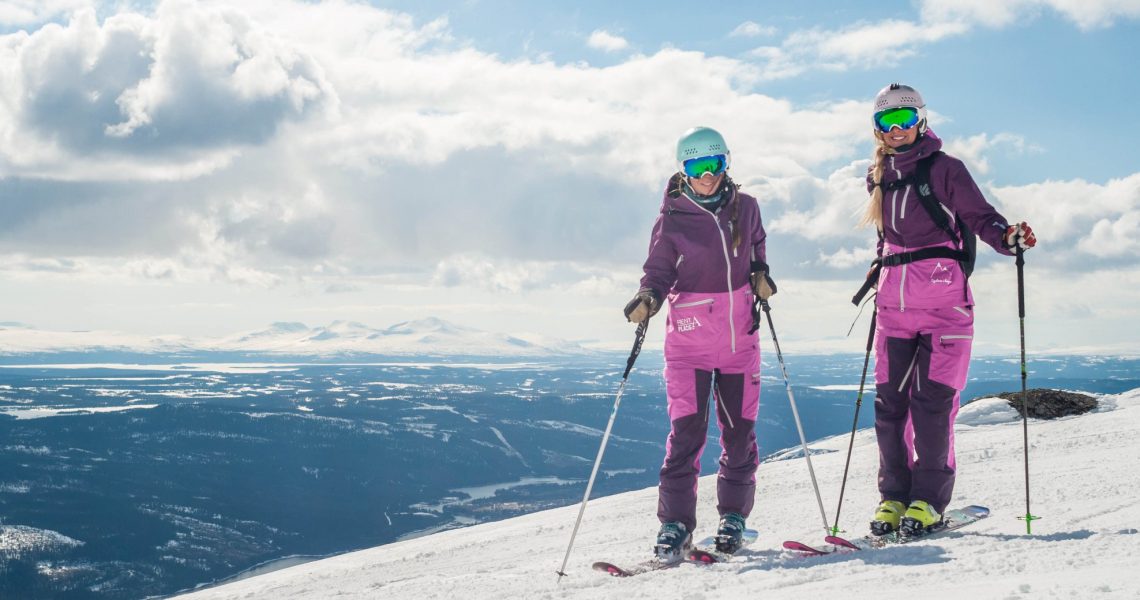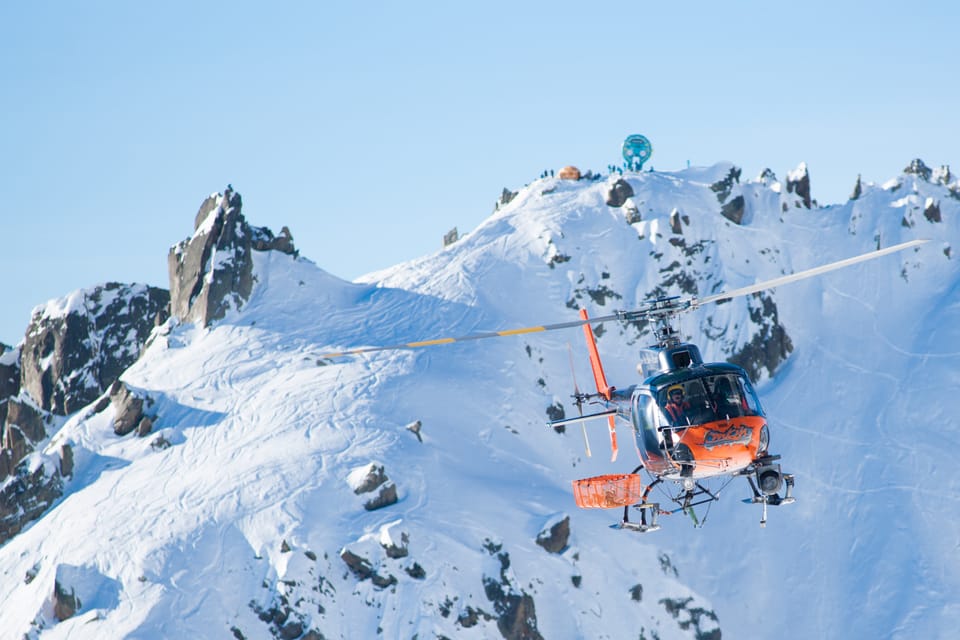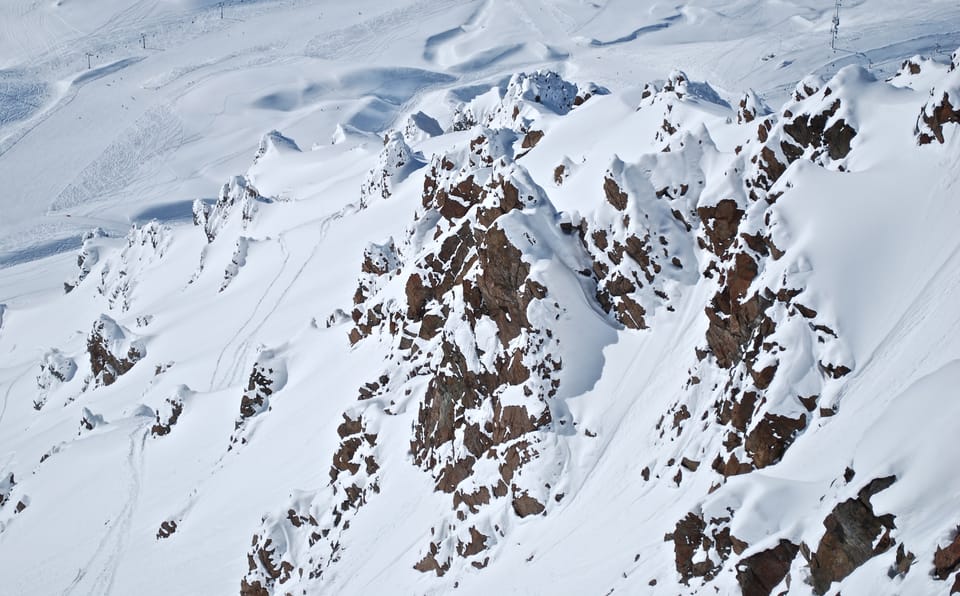Europe's Most Northerly Ski Area Has Opened for 2018 Ski Season

Europe’s most northerly ski resort, Riksgränsen in Sweden, has opened for its 2018 ski season.
Located 250km (150 miles) north of the Arctic Circle, and more than 1500km (nearly 1000 miles) north of Swedish capital Stockholm, it comes as a surprise to most that Riksgransen was once Sweden’s top ski destination and it remains on the “must ski before I die” list of most dedicated winter sportsmen and women.
The reasons are not immediately apparent, the ski area would not make the world top 1,000 on size or vertical, the lifts are rather old and resort amenities limited. It’s so cold and dark here that the season does not get underway until late February (the video below was filmed in late December), yet by June many people are skiing in shorts, as the temperatures are actually warm for the latitude, thanks to the Gulf Stream and maritime climate. The Atlantic is only eight kilometres (five miles) to the East.
Video med Björn Lindgren från julen 2017
Hur är förhållanden just nu? Vår ambassadör Björn Lindgren tog med sig ett gäng kompisar och begav sig till Katterjaure för att gå på tur under jul. Hur var det då? Se själva…
Posted by Riksgränsen® on Freitag, 29. Dezember 2017
Now consider Riksgranen’s selling points – a long cult winter destination heritage, 24 hour daylight from mid-May thanks to its northerly latitude with skiing and boarding possible under the midnight sun from late May.
The lift served ski area may be limited but Riksgranen is famous for its affordable heliskiing and near limitless ski touring, on a huge area. If you do stay on the lift served area you’ll find you can travel in relative safety down literally hundreds of different off piste lines.
Currently there’s a 1.2m base, five of the six lifts operating and about half of the groomed runs.
The novelty of skiing down a piste that starts in Sweden, pops over the border in to Norway and ends up back in Sweden is another of the long list of attractions that make Riksgransen special.
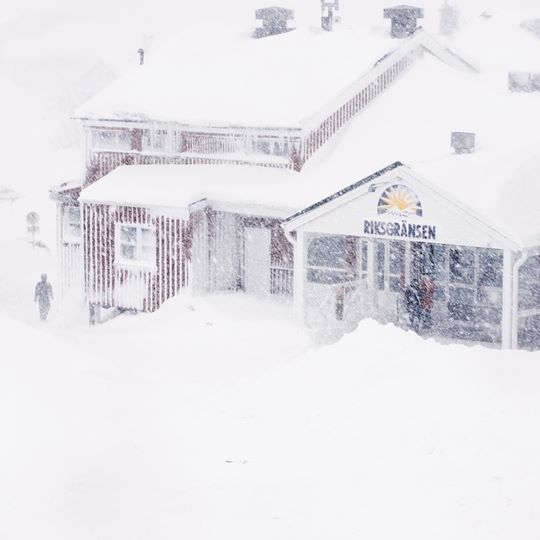
Yet there is something more that marks Riksgransen out as somewhere different and somewhere special compared to the world’s other top winter destinations. It’s something to do with the pure air, the endless white world stretching off in all directions, the northern lights if you do arrive before the day disappears for good.
There’s also a timelessness about the place which is very attractive to most. It may not be great news for those who want their resort to be constantly expanding, but Riksgransen certainly has the feel of a resort unspoilt by “progress.” The convenient hands free lift ticket system is one of the few obvious acknowledgements of the 21st century.
All these factors in turn draw hoardes of snow lovers and hardcore mountain types who in turn build the image and reputation of Riksgransen.
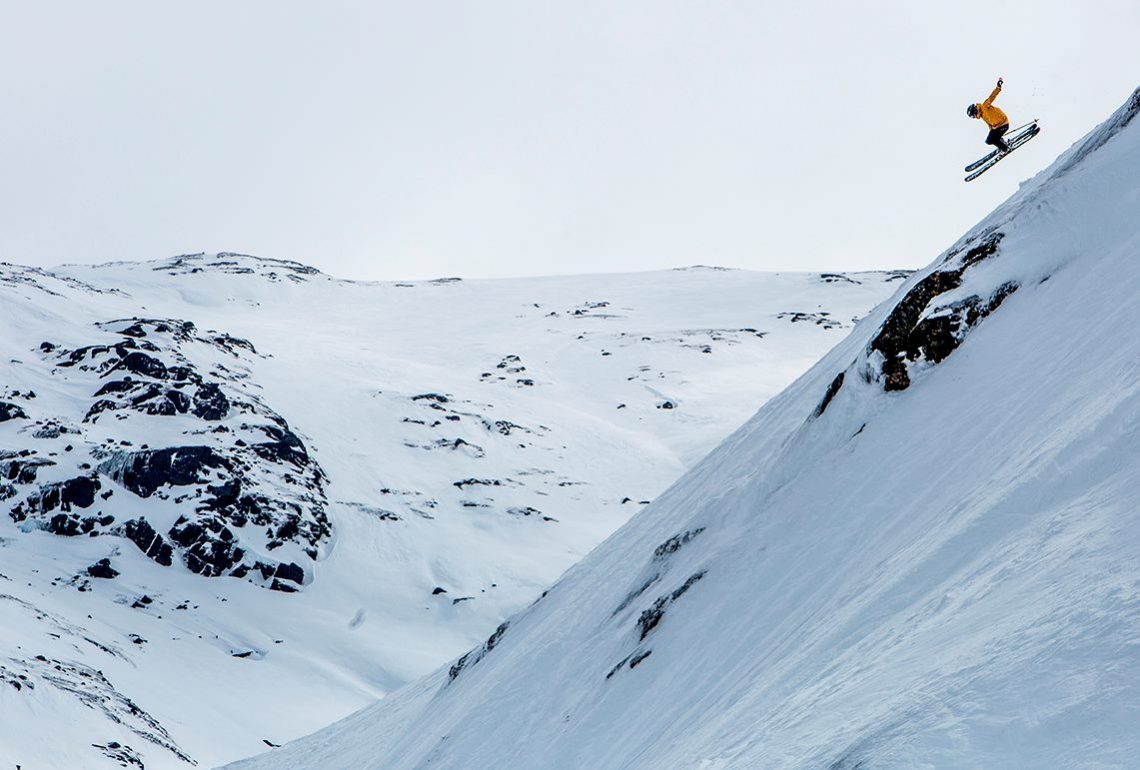
The resort, if you can call it that, is really made up of one large sprawling base building a hundred metres below the lifts and the rail station. It has a weathered 1960s feel from outside and the self catering apartments, many filled with groups of students and similar and short on the luxuries if comfortable enough. However the current owners have invested in the more hotel like section of the complex and added a spa to the facilities.
Riksgransen’s history relies almost entirely on the arrival of the railway here over a century ago in 1903, built to carry iron ore from the vast mine that still exists in the nearest city of Kiruna over to the port of Narvik at Norway – famous in World War 2 as the only place retaken by the Allies from the Nazis during the first few years following a daring raid.
A luxury hotel was built to completion of the railway after 20 years construction, along with Sweden’s second largest railway station, but despite the arrival of the area’s movers and shakers it lost popularity and was torn down within a short time. A small new hotel was added in the 1930s and Sweden’s first proper ski school set up a few years later. The rest, as they say, is history – even the arrival of the road as recently as the 1980s. The first ski lift was built in the 1950s, one of the first to be built specifically for skiers.
